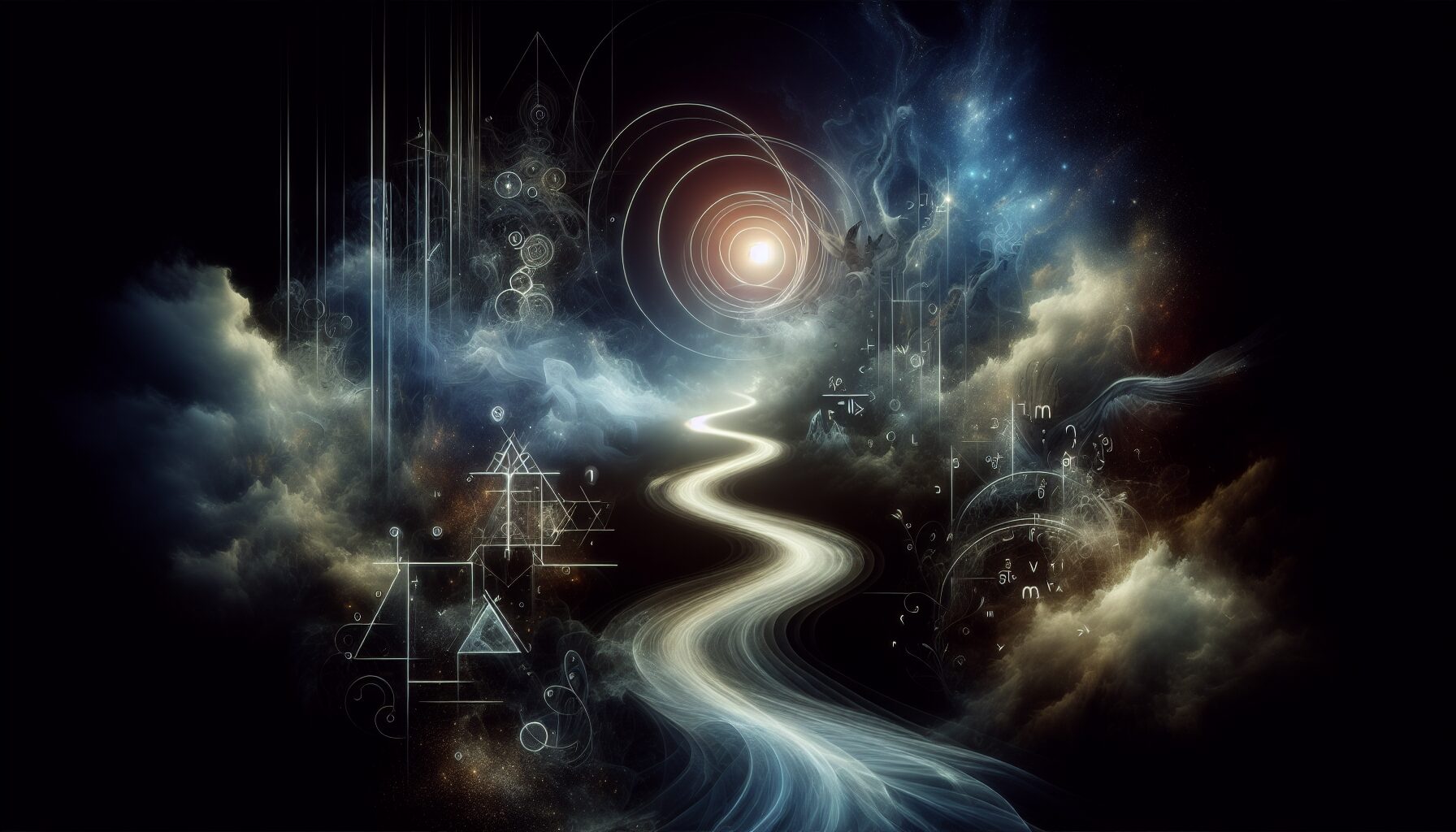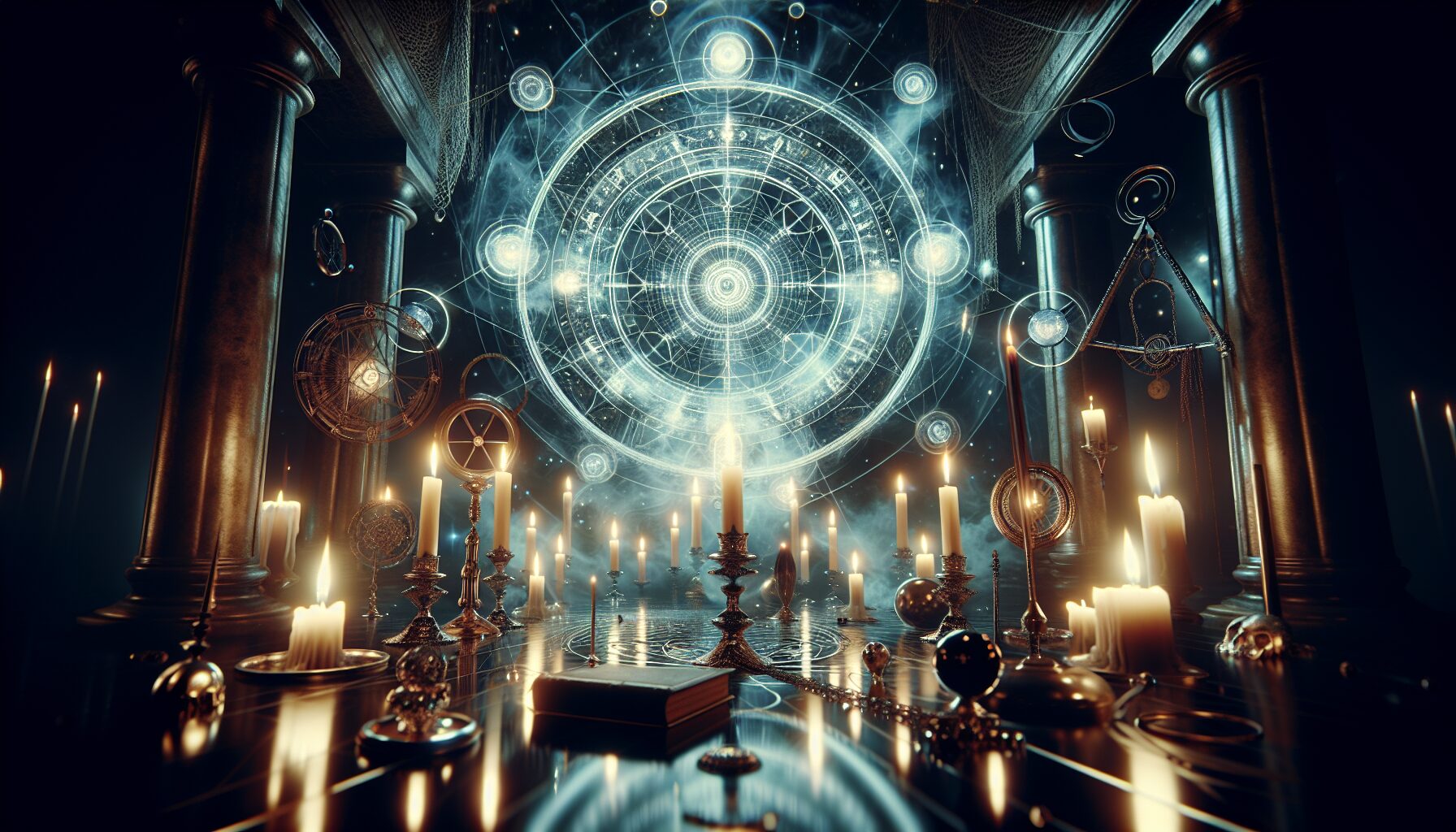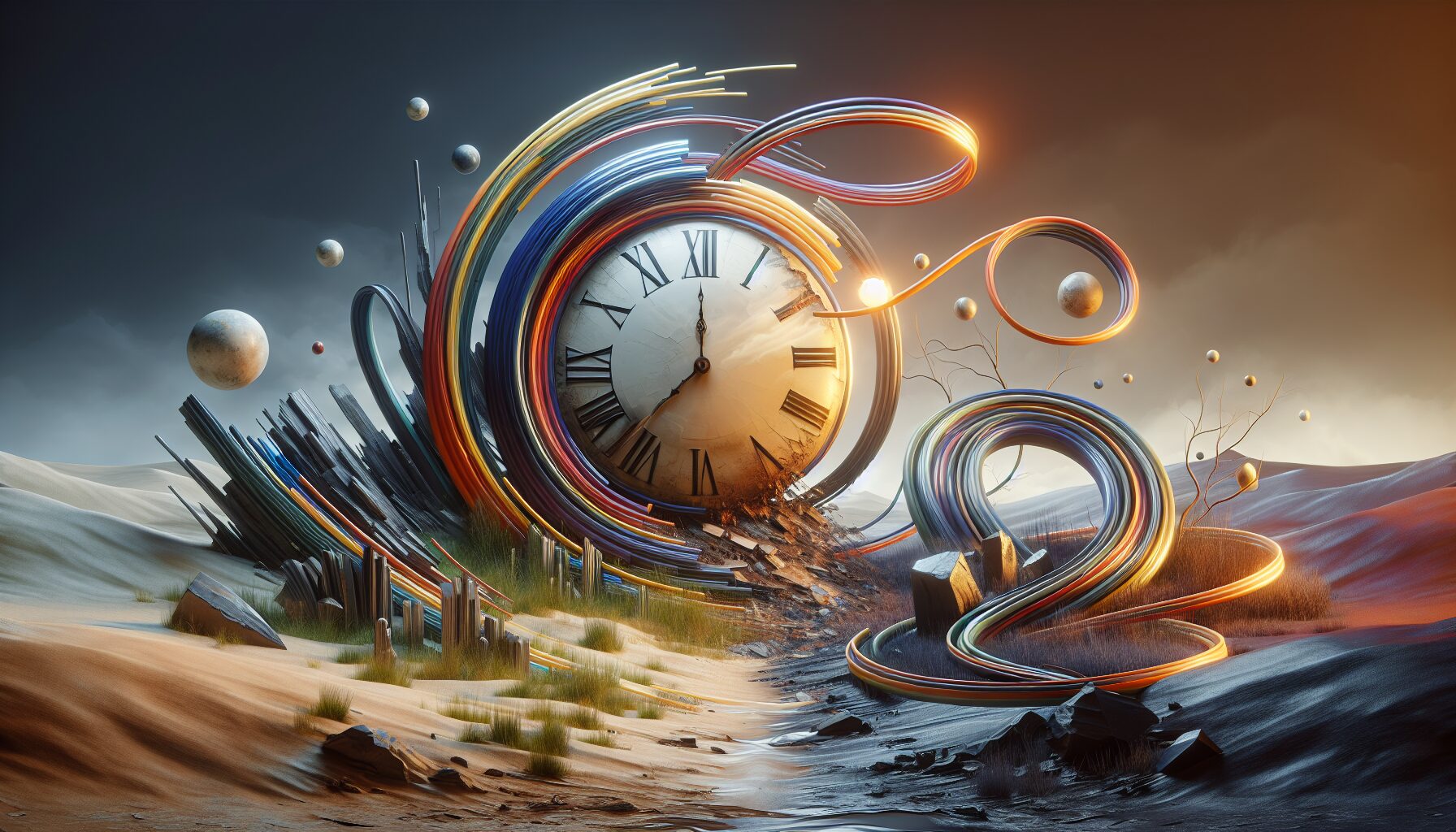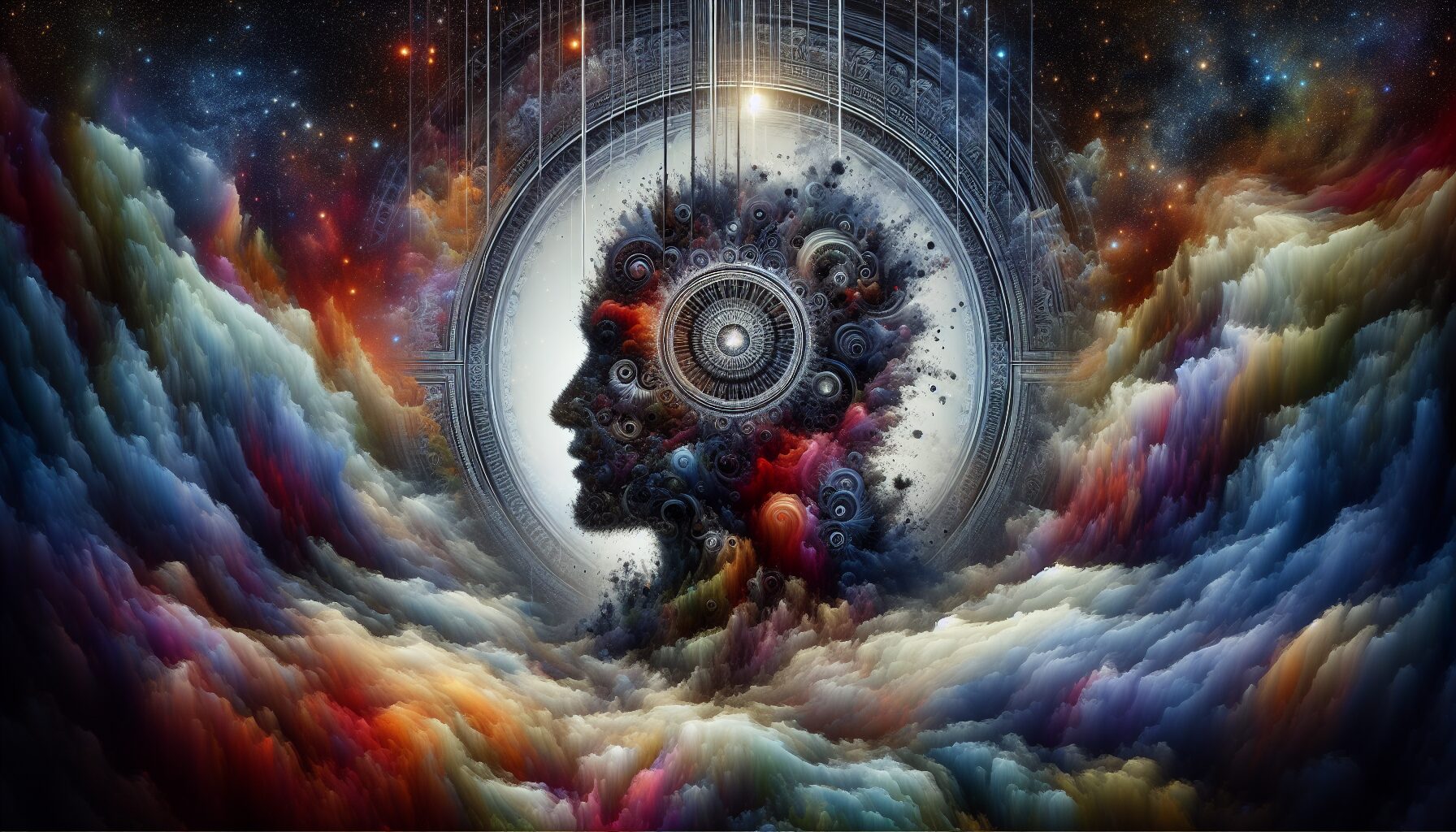The concept of journeys often conjures images of destinations, tangible or otherwise. Yet, there exists a unique category that embraces the spaces between: the liminal journeys. These obscure paths challenge our understanding of transitions, holding significance in both thought and spirit. Rooted in the Latin word limen, meaning threshold, liminality represents a place where change is the only constant.
The Nature of Liminal Spaces
Liminal spaces are traditionally those transitional realms where the usual limits of thought and identity dissolve, leaving both the individual and collective consciousness in a state of flux. Anthropologist Victor Turner, known for his work on the concept of liminality, illustrated these transitional phases as “betwixt and between”—neither here nor there, yet critical for eventual transformation.
“During the liminal period, the characteristics of the ritual subject are ambiguous; he passes through a cultural realm that has few or none of the attributes of the past or coming state.”
— Victor Turner
This transformative potential of liminal spaces finds resonance in various domains, transcending cultural rituals and bleeding into personal spiritual evolution, artistic endeavors, and even contemporary psychology.
Personal and Spiritual Explorations
In the realm of spirituality, liminal journeys are those profound periods of soul-searching and existential questioning. These phases often arrive unbidden, much like the “dark night of the soul” described by Christian mystics, where spiritual growth occurs in the desolate void of certainty.
- Transformation Through Transition: Spiritual traditions across the world recognize the necessity of these ambiguous periods. Whether it is the fasting of Ramadan, the silence of Vipassana, or the retreat of a Christian monastic life, each tradition invites its adherents into a liminal space to foster genuine transformation.
- Rites of Passage: Many initiation rites in various cultures serve as gateways, propelling individuals through a liminal phase to emerge as renewed entities, spiritually and culturally integrated. This communal recognition of liminality affirms the importance of such journeys beyond the self.
Such experiences, while ancient, have a pervasive influence, helping individuals navigate contemporary life’s complexity. As modern society faces unprecedented challenges, the ability to traverse these obscure paths has become increasingly pertinent.
Liminality in Modern Thought
Psychology and the Liminal Mind: Modern psychology explores liminal states as spaces of cognitive freedom and creative potential. By stepping into the unknown, individuals can unshackle from preconceived notions, enabling innovative problem-solving and therapeutic breakthroughs. Carl Jung, in his studies of the collective unconscious, recognized the critical role of such transitional spaces in the path toward individuation—becoming the truest version of oneself.
“All the most powerful ideas in history go back to archetypes.”
— Carl Jung
These powerful archetypes often emerge most vividly in the liminal states where the conscious and unconscious minds intersect. Here, creativity flourishes, often acting as a catalyst for personal and societal advancement.
Cultural and Artistic Liminality
The arts have long been a sanctuary for the liminal, providing a canvas for expression that conventional modes of thought cannot contain. Liminal art, which thrives at the borders of the known and unknown, invites its audience to question and explore rather than merely observe.
- Subversion of Norms: Contemporary movements in art, literature, and theater often embrace transgressive ideas, challenging the boundaries of what is understood, acceptable, or possible.
- Virtual Liminality: The digital age has birthed new liminal spaces, where virtual and augmented realities offer experiences unanchored from physical constraints. The immersive nature of these platforms allows users to explore identity and alternate realities in novel ways.
Embracing the Liminal
Ultimately, to explore the liminal is to embrace uncertainty and transformation—a challenge and an opportunity. These thresholds are not merely voids to be passed through but are, in essence, fertile grounds for growth and renewal. In acknowledging the value of these obscure paths, we not only enrich our understanding of the world but also of ourselves.
The universal truth of liminal journeys lies in their inevitability and necessity. They remind us that to be human is to navigate these obscure paths repeatedly, each time emerging with greater wisdom and resilience. As we stand on the cusp of change, it is the courage to embrace what lies “betwixt and between” that ultimately defines our journey.
As author Rumer Godden eloquently wrote, “There is always one moment in childhood when the door opens and lets the future in.” Now, as then, embracing the liminal permits the future to unfold in ways both mysterious and profound.









